Bottle gourd or calabash (Lagenaria siceraria [Molina] Standley), is commonly called upo among the Tagalogs. Other local names are Tabungaw (Ilocano) and Kandol (Ibanag). This is a herbaceous, annual climbing plant with long strong tendrils and simple leaves. Fruits are globular, bottle- or club-shaped. Its length reaches up to one meter long. When the fruit matures, the rind is hard and durable.
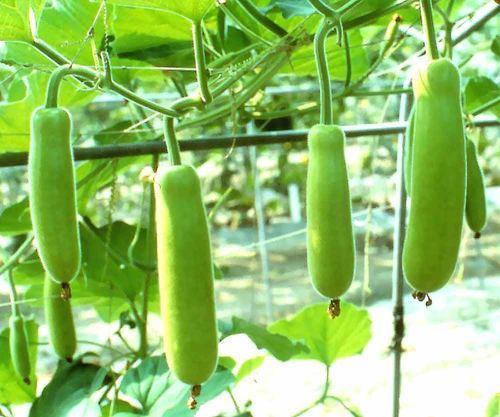
Young fruits are usually cooked as vegetable dish. Young shoots are also consumed as green vegetables, while seeds are popular snack food. It contains carbohydrates, minerals and vitamins.
Juices from the green fruit is good for the treatment of chest pains, insanity, epilepsy and other nervous diseases. It is also used in the treatment of stomach acidity, indigestion and ulcer. The leaves were used to treat skin diseases. Boiled seeds is also good for the treatment of boils.
The hard rind of dried mature fruits can be made into containers, hats, decorative handicrafts, floats, and musical instruments.
Upo Production Guide
SELECTION OF VARIETIES
For better yield and profit, select varieties that are adaptable to local conditions, market preference and resistant to insect pests and diseases. To guide you in selecting the right varieties, refer to the “Guide in Selecting Lowland Vegetable Varieties” included in the kit.
CULTURAL MANAGEMENT PRACTICES
Land Preparation
Prepare the field as early as possible to give enough time for the weeds and stubbles of previous crops to decompose. Plow and harrow 2 to 3 times alternately at one week interval.
Plow at a depth of 15 to 20 cm. Harrow twice to break the clods and level the field. A well-pulverized soil promotes good soil aeration and enhances root formation.
Seed Preparation
– A hectare of farm requires 1 to 2 kg of seeds.
– Soak the seeds in clean water for 24 hours.
– Pre-germinate the seeds by wrapping in a moist cloth and place in cool and dark place. Incubate until the seed coat breaks.
Planting
Direct Planting
– Plant one pre-germinated seeds per hill at a distance of one meter between hills.
– Cover the seeds with thin layer of soil.
– During wet season, plant in ridges or above furrows to prevent rotting of seedlings due to flooding.
Transplanting
– Use a prepared media of one part compost or organic fertilizer, one part clay soil and one part carbonized rice hull. A ready mixed commercial soil media for seedling production can also be used.
– Fill in plastic bags, potlets or seedling trays with the prepared media.
– Water the potting media before sowing. Sow one pregerminated seed per potlet.
– Place the seedling trays/potlets under a temporary shade
– Maintain the seedlings by watering regularly when needed.
– Harden the seedlings by gradually reducing the frequency of watering and exposing to direct sunlight.
– Transplant one seedling per hill at a distance of one meter between hills 15 days after emergence or when true leaves have developed.
– Transplant in the afternoon or during cloudy days.
– Replant missing hills immediately.
Fertilizer Application
The kind and amount of fertilizer to apply depends on soil fertility and soil type. To achieve optimum yield, have your soil analyzed at the Soils Laboratory nearest you to determine the right nutrient requirement of the soil. In the absence of soil analysis, apply the following fertilizers at the time and amount specified:
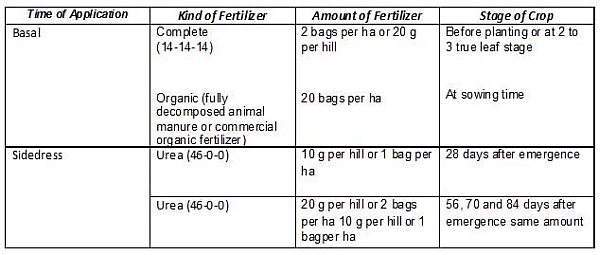
Cover the basal fertilizer with thin soil before planting to avoid direct contact with the roots of the seedlings. Place the sidedress fertilizer 10 cm away from the base of the plants to avoid burning effects.
Trellising
Provide the plants with trellis to produce fruits of good quality. Trellising is also essential during the wet season to minimize fruit rotting and malformation. Construct overhead trellises at a distance of 2 to 3 m wide and 2 m high using ipil-ipil or bamboo poles. Provide strong roof trellis by intertwining tie wire or nylon twine crosswise and lengthwise on top of the trellis. Provide a ladder-like trellis or vertical pole for each upo plant to facilitate the vines to climb up. Train the vines to climb the trellis by tying the stem lightly on the vertical pole or ladder-like trellis until it reaches the overhead trellis.
Pruning
To promote branching and fruiting, remove the tip of the main vine and the lower lateral branches that appear on the climbing part of the main stem.
Water Management
Bottle gourd is sensitive to excessive soil moisture, which favors disease infection. Provide adequate drainage during wet season to avoid water logging. Furrow irrigation is recommended during dry season at weekly interval. Spread rice straw around the base of the plants as mulch to conserve moisture and minimize watering during dry season.
Weeding and Cultivation
Bottle gourd is moderately deep-rooted with extensive lateral root system. Hill-up at 15 to 20 days after emergence. Minimize cultivation during the fruiting stage to avoid disturbing the roots. Hand weeding is recommended during this stage.
Crop Protection
To prevent insect pests damage and disease infection, practice good cultural management and sanitation. Most common insect pest of upo is the yellow beetle and the most common disease is fruit rot. In case of disease infection or pest infestation, follow the management practices for specific disease or pest provided in the Insect Pest and Disease Management Guide for Lowland Vegetables. Flowers of upo usually open in the afternoon. Protect insect pollinators because they are contributors to fruit development. Avoid applying pesticides in the afternoon (after 4:00 PM).
Harvesting and Postharvest
Fruits develop very fast and require much attention at harvest time. It usually takes 15 days to reach marketable size from the day of fruit set or 60 to 80 days from sowing. Harvest fruits using a sharp knife by cutting the peduncle, leaving approximately 5 cm length. Put harvested fruits in a woven basket lined with banana leaves to avoid skin bruises. Pack marketable fruits in plastic bags.
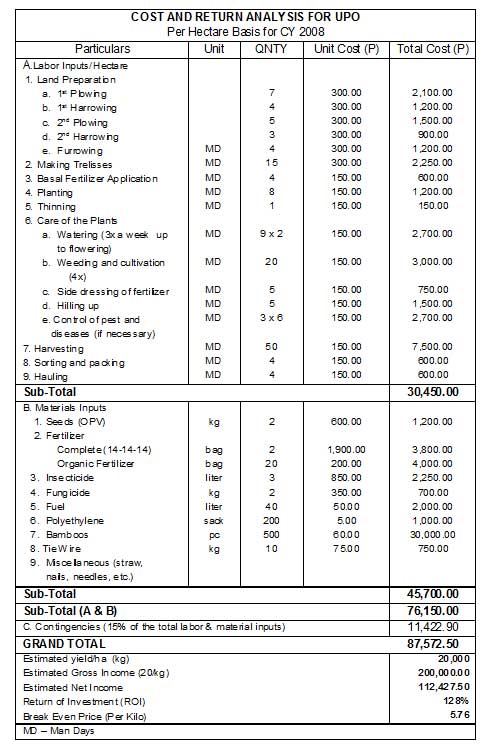

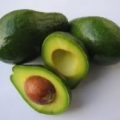
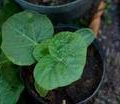
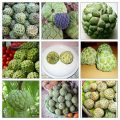

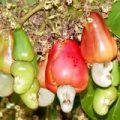

thank you :>
thank you so much ! such a big help for us……
t y
thanks…it is such a great help on my project proposal…
thanks!
i am looking for this type of results………thanks a lot
thanks for helping me :)….
.thanks a lot' its such a big help for my study..!
tnx